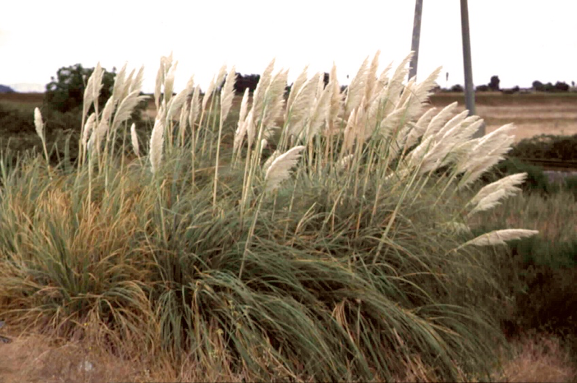Weeds are usually thought of as native plants we don't want in areas such as landscapes, fields, or vegetable gardens either because they reduce economic output or they are considered aesthetically displeasing. Invasive plants are generally non-natives that infest natural ecosystems and can become problems.
There are four distinctions between a weed and an invasive plant. The first is how they are introduced to an area. Weedy plants in gardens, landscapes, or in agricultural fields are usually accidentally introduced. While that is sometimes true for invasive plants, they are more often intentionally introduced as ornamental plants, for aquarium use, or for food or fiber purposes.
Next, weeds require human disturbance, such as tilling, to establish and flourish in an area. Invasive plants do not require any human assistance to grow and spread.
Invasive plants tend to be more persistent in an area once established and don't require irrigation or fertilization so are capable of growing and flourishing in areas without human assistance.
Finally, most weedy plants grow on land as annuals or herbaceous perennials, but invasive plants can be aquatic, parasitic, vining, woody, or herbaceous. Their life cycles range from annual to perennial.
For more information about invasive plants, see the UC IPM Pest Notes on Invasive Plants and Woody Weed Invaders.
[Original article published in the Summer 2020 issue of the Green Bulletin]
We're looking for your feedback! Please consider taking a quick, anonymous survey to help us serve you better: https://bit.ly/2ZJJVEI
Author - Associate Director for Urban & Community IPM/ Area Urban IPM Advisor
